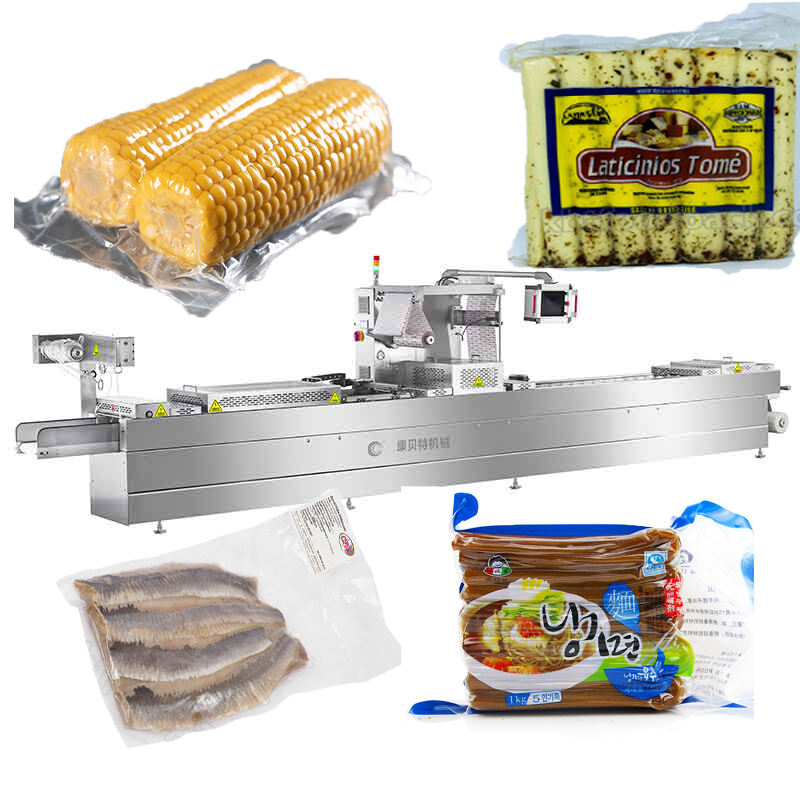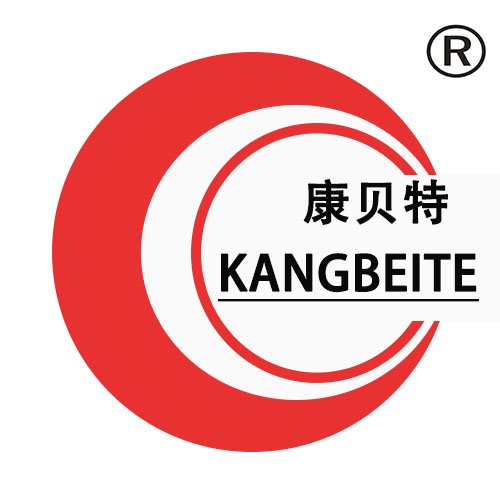A thermoforming sealer for vegetables is a specialized packaging equipment designed to create custom-shaped, hermetic packages for vegetables by thermoforming a plastic film into a tray-like base, placing the produce inside, and sealing it with a top film—optimized to address vegetables’ unique needs: fragility, high moisture content, and susceptibility to oxidation and microbial spoilage. Unlike generic thermoforming sealers, it integrates features tailored to vegetable preservation: the base film (typically PET/PE or PP/PE laminates) is chosen for its puncture resistance (to withstand sharp edges of vegetables like carrots or broccoli) and mild oxygen barrier (to slow respiration without creating anaerobic conditions that cause fermentation). The top film often includes an anti-fog coating to prevent condensation (maintaining product visibility) and may be permeable to CO₂/O₂ (for leafy greens like spinach, balancing gas exchange to extend freshness). The sealer’s heating system uses precise temperature control (80℃–120℃) and adjustable pressure to avoid crushing delicate produce (e.g., cherry tomatoes, lettuce) while ensuring a tight seal—critical for preventing moisture loss and cross-contamination. Many models include a modified atmosphere packaging (MAP) function, which flushes the package with a gas mixture (usually 5%–10% O₂, 5%–15% CO₂, 75%–90% N₂) to inhibit mold growth and slow chlorophyll degradation (preserving green color in vegetables like asparagus). The equipment’s forming station uses vacuum or pressure to shape the base film, with customizable cavity sizes to fit different vegetable types (e.g., small cavities for berries, large cavities for whole bell peppers). All food-contact components are made of 304 stainless steel, compliant with FDA 21 CFR Part 177 and EU Regulation (EC) No 10/2011, and feature smooth surfaces for easy cleaning (aligned with HACCP guidelines). For vegetable processors and retailers, this sealer extends shelf life by 2–3 times compared to traditional packaging (e.g., loose plastic bags), reduces product waste (by minimizing bruising and spoilage), and enhances consumer appeal (clear, tamper-evident packaging that showcases the vegetable’s quality). It is widely used in retail-ready packaging for pre-cut vegetables, salad kits, and specialty produce, supporting global supply chains by ensuring vegetables remain fresh during transportation to distant markets.




Copyright © 2025 by Shandong Kangbeite Food Packaging Machine Co., Ltd. Privacy policy